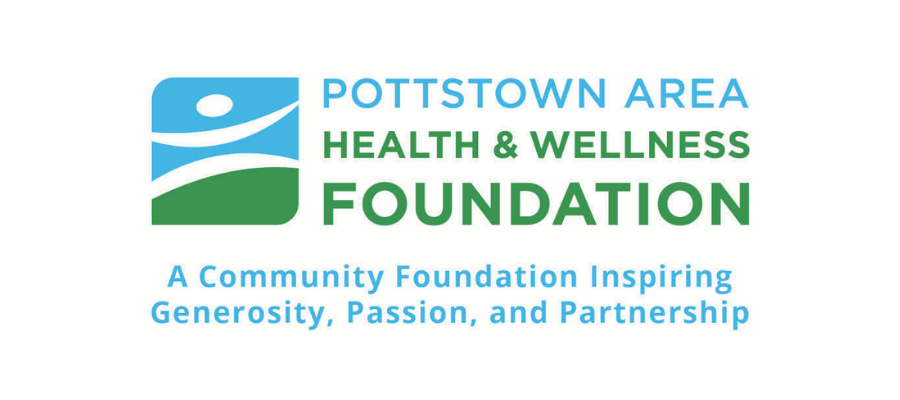Reports & Resources
Pottstown Area Parks and Recreation Study
Pottstown Area Health & Wellness Foundation commissioned the Hamer Center for Community Design at The Pennsylvania State University to study the Pottstown Area’s parks and recreation system in regards to encouraging healthy living.
Download the full report here.
This report, "Planning and Design Strategies for Healthy Living, Parks, and Recreation in the Pottstown Area," identifies recommendations and implementation strategies corresponding to the issues raised by the four question topics: awareness, barriers, access, and opportunities.
The Pottstown Area’s proximity to the Schuylkill River accords it a high degree of importance in the region. This research is intended to identify planning and design components of the parks and recreation system to encourage healthy lifestyles. Through an assessment of various factors critical to active living, such as the quality of the built environment and the residents’ perceptions, needs and aspirations, the report culminates in broad guidelines. These include planning objectives, issues, recommendations and strategies that could help shape the development of the communities in the areas and contribute to healthy living and prosperity.
The study identifies park facilities and amenities in the greater Pottstown Area for five special interest groups:
- Children’s Active Play – Facilities include playgrounds or tot lots
- Organized Team Sports – Facilities include large multipurpose open space, baseball field, basketball, football field, hockey/soccer fields, tennis court, gymnasium, volleyball court, pool, hockey rink
- Outdoor Recreation – Facilities include internal trails, fishing, boating/boat ramp, BMX track, nature study area, other unique natural features: water features, natural water feature (creek/river); unique landscape
- Nature Lovers – Facilities include natural study areas, ornamental gardens, planting gardens, water feature, natural water feature (creek/river), unique landscape, other natural features
- Picnic Groups – Facilities include picnic areas or tables, picnic pavilions
In order to provide a well-rounded range of opportunities, the report also classifies area resident survey results into four major reasons why people visit parks:
- To connect with nature (93.1% agreed or strongly agreed)
- Active recreation (77.1% agreed or strongly agreed)
- Connecting with culture/history (59.3% agreed or strongly agreed)
- Social connections (46.4% agreed or strongly agreed)
Three models for park systems are reviewed in the context of our greater Pottstown Area. Specific analysis and recommendations are provided for the communities of Amity, Boyertown, Lower Pottsgrove, North Coventry, Pottstown, Spring City, Upper Pottsgrove, and West Pottsgrove. These include:
- The Walkable Network of neighborhood parks, which may be suitable for municipalities with higher-density areas
- Well-Rounded Destinations at the community and regional level
- The Blended Approach, combining the two models
The report also includes an in-depth case study of the Schuylkill River Corridor within the greater Pottstown Area, the Middle Schuylkill Region. Specific recommendations are provided for the Schuylkill River communities of Birdsboro, Pottstown, and Spring City/Royersford.
This study focuses on how design, planning, and development strategies for Parks and Recreation can encourage active living in the greater Pottstown Area. Each section of the report provides objectives, describing issues and characteristics for context and planning purposes. Also included are specific recommendations for parks and recreational area improvements, and related planning objectives. We hope that this report will inspire thoughtful community efforts towards implementing its recommendations, and we look forward to sharing discussions about the report with our greater Pottstown Area community.
